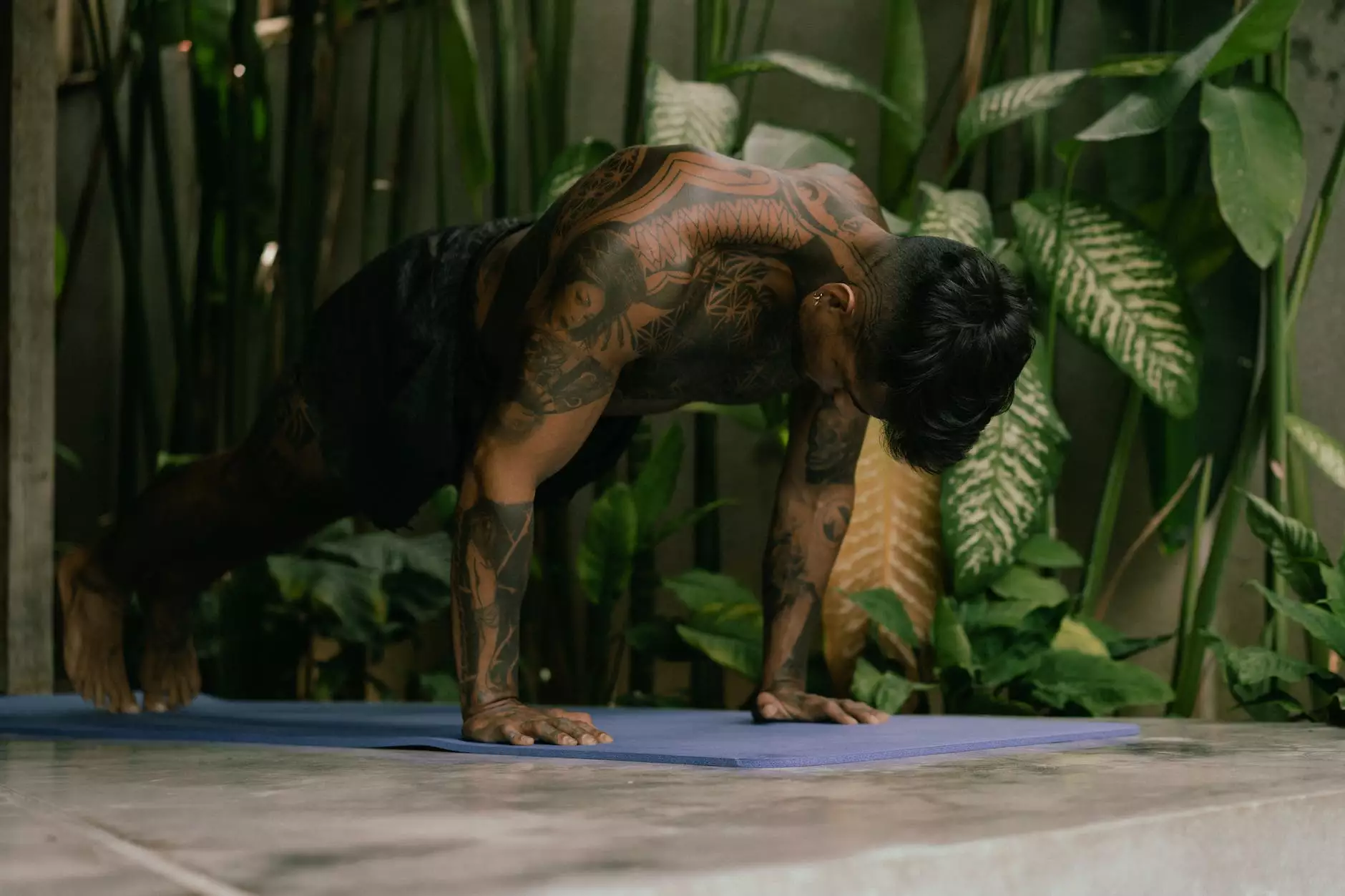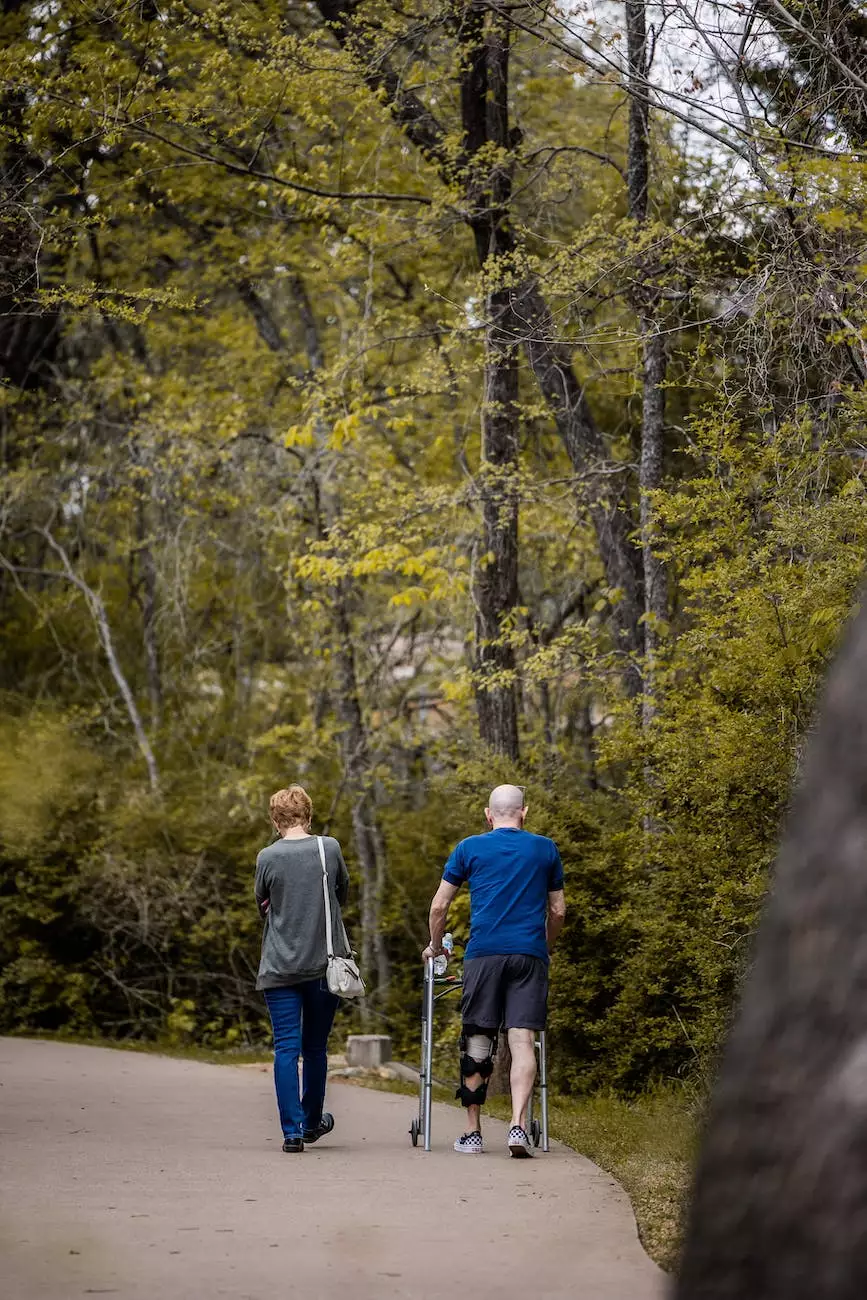9 Exercises for Lumbar & Cervical Spinal Stenosis
Blog
Introduction
Welcome to Regency Square Care Center's article on 9 exercises for lumbar and cervical spinal stenosis. Our comprehensive geriatric and aging care services aim to improve the life quality of our patients. We understand the challenges faced by individuals with spinal stenosis, and these exercise recommendations are designed to help manage pain and enhance mobility.
1. Pelvic Tilts
Pelvic tilts are an essential exercise for spinal stenosis, as they engage the core muscles and provide gentle stretching to the lower back. Start by lying on your back with knees bent. Slowly roll your pelvis up, lifting your lower back off the ground, and then lower it back down. Repeat this motion for 10-15 reps, gradually increasing intensity as tolerated.
2. Wall Sits
Wall sits strengthen the muscles in the thighs, core, and lower back, providing stability to the spine. Stand with your back against a wall and slowly slide down into a seated position with knees at a 90-degree angle. Hold this position for 10-30 seconds, gradually increasing the duration as you gain strength.
3. Cat-Camel Stretch
The cat-camel stretch helps to improve flexibility and relieve tension in the spine. Begin on your hands and knees, arching and rounding your back alternately. Perform this stretch for 10-15 repetitions, focusing on a smooth and controlled movement.
4. Seated Neck Stretches
Seated neck stretches target the muscles in the neck and upper back, alleviating tension and promoting better posture. Sit upright in a chair and gently tilt your head to one side, feeling a stretch along the opposite side of your neck. Hold for 15-30 seconds and repeat on the other side.
5. Leg Raises
Leg raises help strengthen the abdominal and hip flexor muscles while providing support to the lower back. Lie on your back with legs extended, and slowly lift one leg off the ground, keeping it straight. Hold for a few seconds and lower it back down. Repeat with the other leg and aim for 10-15 reps per leg.
6. Seated Spinal Rotation
Seated spinal rotation improves mobility and flexibility in the thoracic spine. Sit upright in a chair with hands on your waist, and twist your upper body to one side, looking over your shoulder. Hold for 10-15 seconds, then twist to the other side. Repeat for 5-10 rotations on each side.
7. Heel-to-Toe Walks
Heel-to-toe walks enhance balance and coordination, crucial for individuals with spinal stenosis. Position your heel in front of the toe of the opposite foot, and walk forward in a straight line, placing each foot in front of the other. Start with short distances and gradually increase as your balance improves.
8. Seated Leg Press
The seated leg press helps strengthen the leg muscles, promoting stability and reducing the strain on the lower back. Sit comfortably in a chair with feet flat on the ground. Press your legs against your hands while keeping your back straight. Hold for a few seconds and release. Aim for 10-15 repetitions.
9. Arm and Shoulder Stretches
Arm and shoulder stretches improve upper body flexibility, minimizing discomfort associated with spinal stenosis. Stand with feet shoulder-width apart and extend one arm across your chest, using the other arm to gently pull it closer. Hold for 15-30 seconds and repeat with the other arm.
Conclusion
By incorporating these 9 exercises into your daily routine, you can effectively manage lumbar and cervical spinal stenosis symptoms. It is crucial to listen to your body, start slowly, and gradually increase intensity. For personalized care and additional guidance, reach out to Regency Square Care Center and explore our range of geriatric and aging care services. We are dedicated to improving your well-being and helping you achieve a better quality of life.




